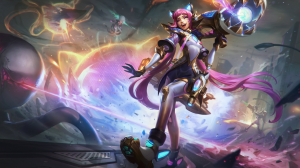As the official Counter-Strike Twitter account put it, shooting and movement are the “most important part of every Counter-Strike match.” Creative positioning and jumping along with well-timed shots make up the core of how players can best express themselves through their gameplay in Counter-Strike: Global Offensive.
Now, as CS:GO prepares for an update in the form of Counter-Strike 2 in the summer of 2023, the developers at Valve have taken steps to ensure that players can execute their movement and shooting with as little interruption from the server as possible. Here’s what to know about how tick rate works in Counter-Strike 2.
The most important part of every Counter-Strike match? Shooting and movement. We're going beyond tick rates in Counter-Strike 2: pic.twitter.com/tR1CMUC4gr
— CS2 (@CounterStrike) March 22, 2023
What does tick rate mean in CS:GO?
Prior to the launch of Counter-Strike 2, the tick rate in CS:GO was a measurement of how responsive the game’s server was to the player’s input. CS:GO matches generally have a tick rate of 64, although players could manually raise it as high as 128 in the game’s settings.
This number corresponds to how many times the game’s servers would update the status of the game each second. As a result, a 128 tick rate means that the server reacts to and implements actions that the player inputs 128 times every second.
In general, a higher tick rate means a more responsive game, since the game is more frequently registering the player’s actions. Nevertheless, even with a high tick rate, it is possible that a player could input a jump or shot in between ticks. Whenever this happens, the game does not recognize the player’s input, meaning players could occasionally fail to perform certain actions even if they correctly executed them with their keyboard, mouse or controller.
How does tick rate work in Counter-Strike 2?

With the launch of Counter-Strike 2, Valve has updated the game’s servers so that tick rate no longer matters. This is because the developers have implemented a sub-tick update architecture, meaning that the game registers inputs even if they happen to occur in between ticks.
Specifically, the Counter-Strike 2 servers keep track of the exact moment a player fires a shot, throws a grenade, jumps in the air or peaks around a corner. As a result, the game is designed to feel as responsive as possible. This has the potential to be a crucial change for competitive play.
Since players shouldn’t have to worry about the game eating their inputs, matches are more likely to come down to the raw skill and execution of the players on each team.









